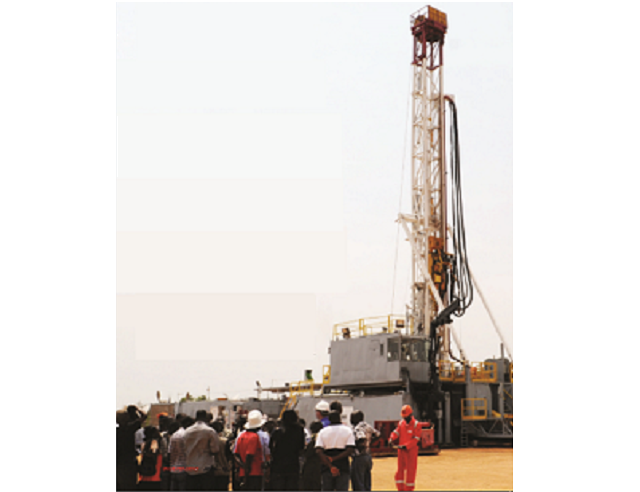
Setting up an oil refinery remains a big headache for the country’s oil and gas resources
Optimism is the mood as the countdown to Uganda’s first oil continues and pressure mounts on the government to put in place critical infrastructure necessary for oil production in four years.
“The government should have a new player for the refinery by February,” says Don Bwesigye Binyina, the executive director of the African Centre for Energy and Mineral Policy (ACEMP), a Kampala-based non-profit.
Binyina says the right policies, legal and institutional frameworks are all finally in place and the pace for building this infrastructure should pick up this year.
Binyina’s bullish mood is a carryover from the excitement in August 2016 when the government granted eight oil production licences to Tullow Uganda Operations Pty Ltd and Total E&P Uganda B.V. It was the green light the oil firms and other sector players had been waiting for to move into the development phase. The main task now is to put in place essential infrastructure.
This infrastructure includes a 60,000 barrels-per-day Greenfield refinery, a crude export pipeline and a products pipeline— facilities which are needed almost at the same time.
Negotiations over Uganda’s oil refinery— expected to be developed in two phases of 30,000 barrels-per-day each, with the first one expected to be completed in 2020—were halted when RT Global Resources, a subsidiary of Rostec, a Russian state corporation pulled out after giving new ‘unfavourable conditions’ to the government.
Binyina says the search for the refinery investor will have to come to an end as soon as possible if the government means business of producing oil by 2020.
 The Independent Uganda: You get the Truth we Pay the Price
The Independent Uganda: You get the Truth we Pay the Price



